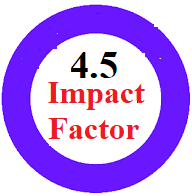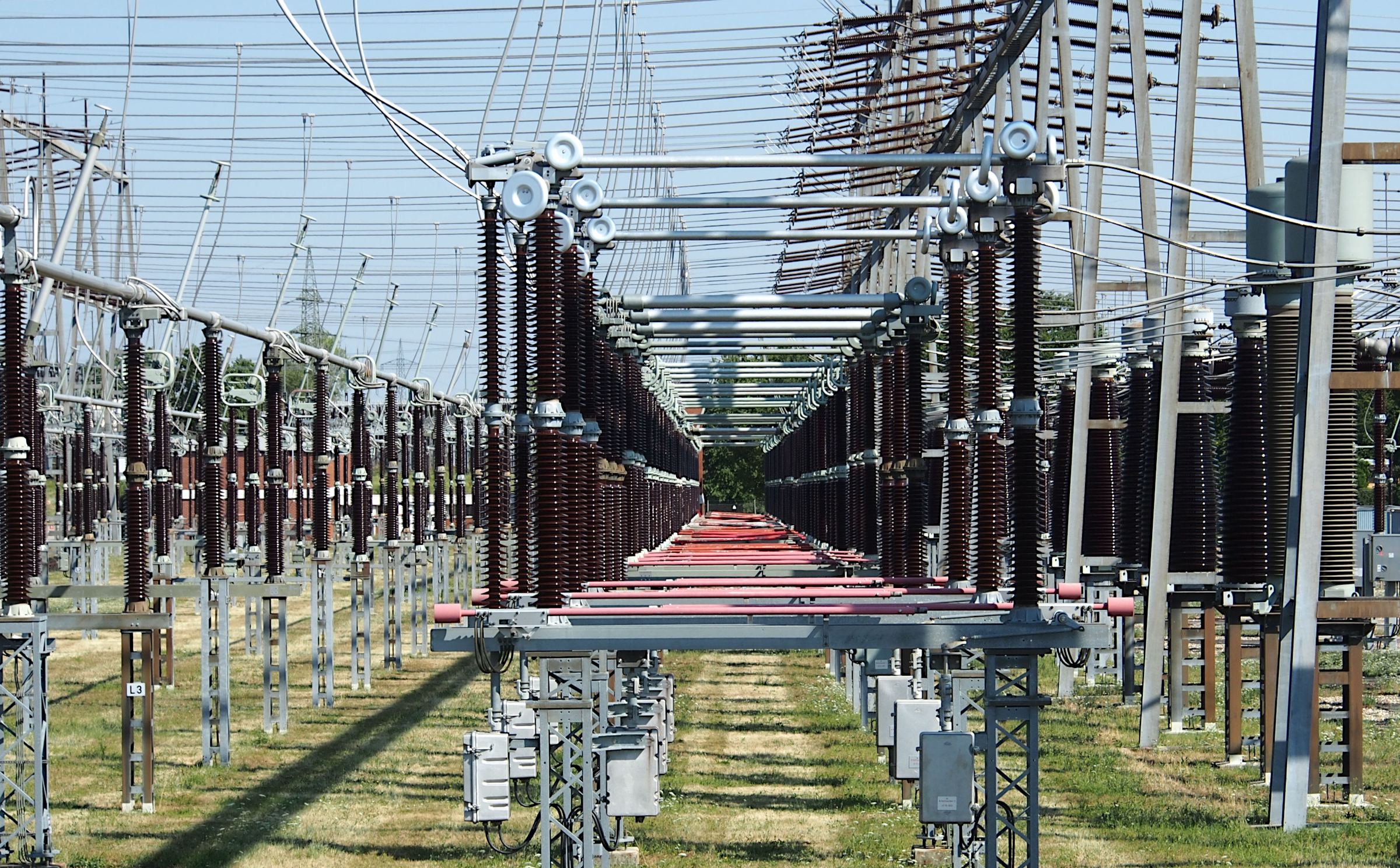REINFORCEMENT LEARNING FOR IOT-BASED PREDICTIVE MAINTENANCE: APPLICATIONS, CHALLENGES, AND FUTURE DIRECTIONS
Keywords:
REINFORCEMENT LEARNING FOR IOT-BASED PREDICTIVE, MAINTENANCE, APPLICATIONS, CHALLENGES, AND FUTURE DIRECTIONSAbstract
This paper is our literature review to investigate the integration of RL and IoT in predictive maintenance of industrial systems. This review aims to summarize the significant applications, challenges, and prospects in this field according to 22 related peer-reviewed papers published from 2020 to 2023. Aggregating results from the literature, this study demonstrates the applications of both RL and IoT technologies, for example, in the manufacturing, energy and smart building domains, and aims to optimize maintenance schedules, predict equipment failure, and decrease operational downtime.
The paper also presents the major difficulties involved in the use of RL and IoT in predictive maintenance systems, in terms of data quality, computational bounds, privacy issues and integration with legacy systems. In contrast, the review highlights some of the potential future research areas, such as leveraging Federated Learning for privacy-preserving model training, exploiting Edge AI for real-time decision-making, the requirement for explainable AI (XAI) for gaining trust, and designing scalable RL models to address the large-scale industrial IoT setting.
This review offers an up-to-date perspective of where the RL and IoT stand with predictive maintenance, and an orientation of future research is offered, outlining the main bottleneck and frontiers that have to be addressed to improve the efficiency and scalability of these systems in actual industrial scenarios.
















